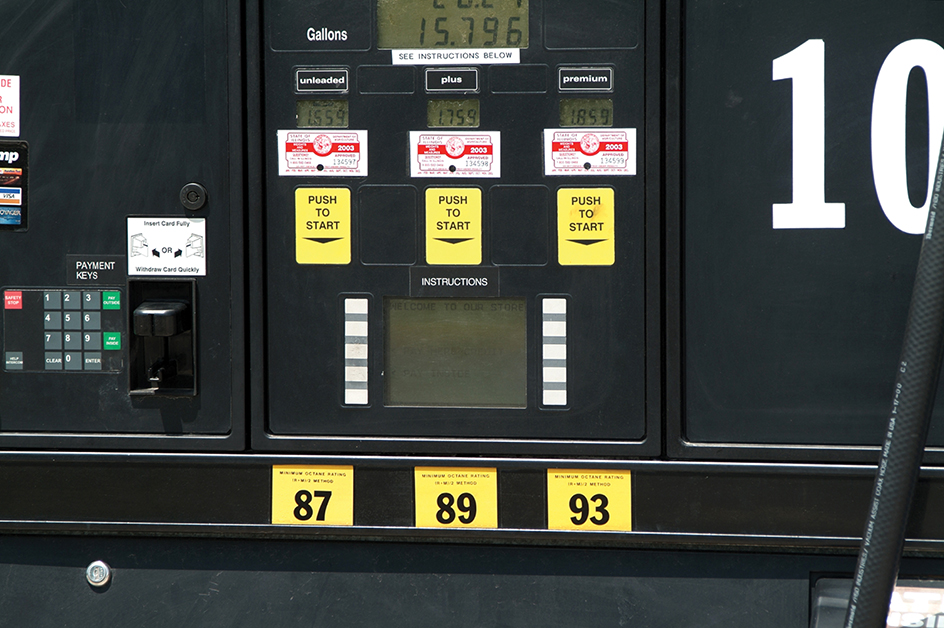Octane, << AHK tayn, >> number is a number that tells how well a motor fuel resists “knocking.” “Knocking” occurs when portions of the fuel in an engine cylinder ignite too soon, causing all of the fuel to burn too quickly.
Engineers determine a gasoline’s octane number by comparing its resistance to knocking with the antiknock performance of reference fuels in a test engine. Each reference fuel is a blend of two hydrocarbons, organic compounds that contain only hydrogen and carbon. These two hydrocarbons are normal heptane, which is knock-prone, and isooctane, which is knock-resistant. Normal heptane has an octane number of 0, and isooctane a value of 100. A motor fuel has an octane number of 85 if it produces the same knock as a reference fuel made of 85 percent isooctane and 15 percent normal heptane. Octane numbers above 100 are measured with a reference fuel containing isooctane and chemical antiknock compounds.
Automotive engineers typically measure octane number in two ways. Thus, every gasoline has two octane numbers: a research octane number (RON) and a motor octane number (MON). The RON is determined in a special one-cylinder engine in a laboratory. The MON is determined in the same engine, but under conditions that simulate the normal operation of an ordinary engine. The MON is typically about 10 numbers lower than the RON. For example, a gasoline with a RON of 95 may have a MON of 87. The octane number displayed on the pump at a gas station is usually the average of the RON and the MON. Most commercially available gasolines have octane numbers from 87 to 93.
See also Gasoline ; Petroleum (Cracking processes)

